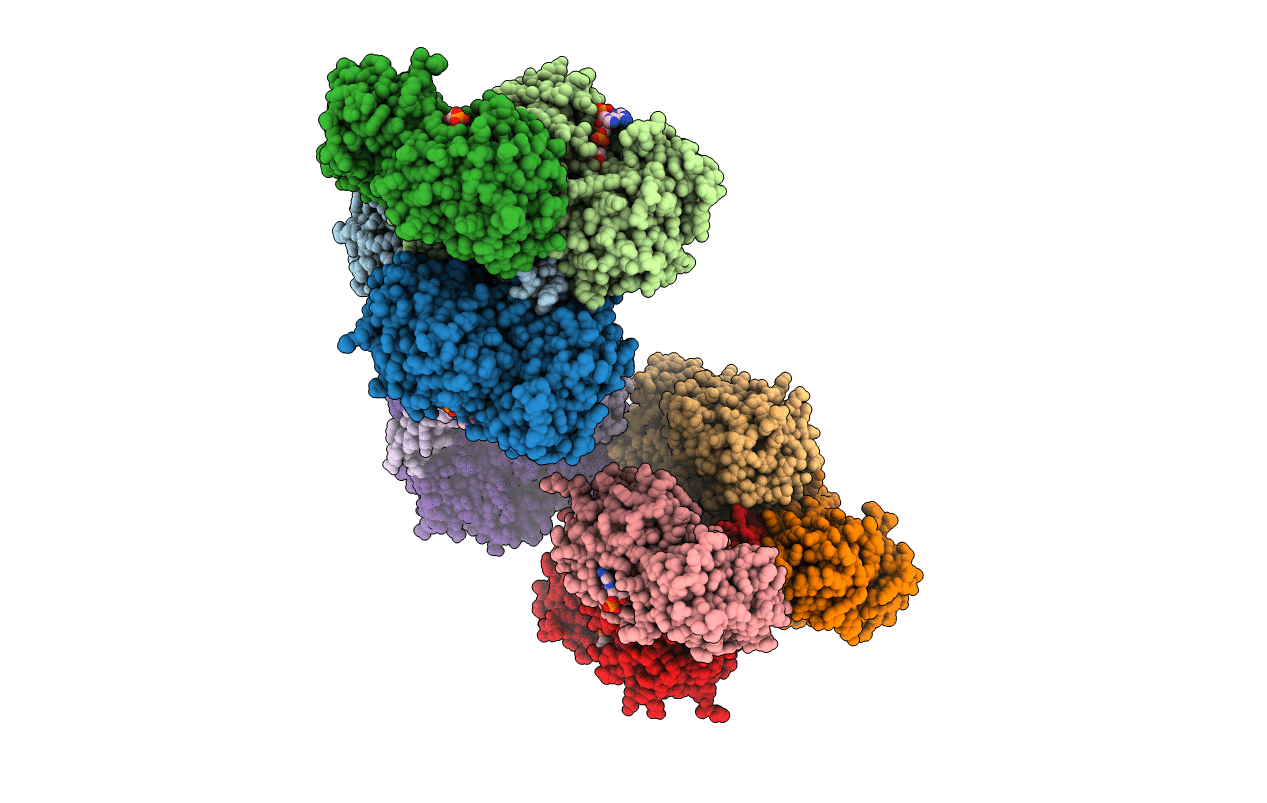
Deposition Date
2018-06-21
Release Date
2018-11-28
Last Version Date
2024-01-17
Entry Detail
PDB ID:
6GVS
Keywords:
Title:
Engineered glycolyl-CoA reductase comprising 8 mutations with bound NADP+
Biological Source:
Source Organism:
Rhodopseudomonas palustris BisB18 (Taxon ID: 316056)
Host Organism:
Method Details:
Experimental Method:
Resolution:
2.58 Å
R-Value Free:
0.20
R-Value Work:
0.19
R-Value Observed:
0.19
Space Group:
C 1 2 1


